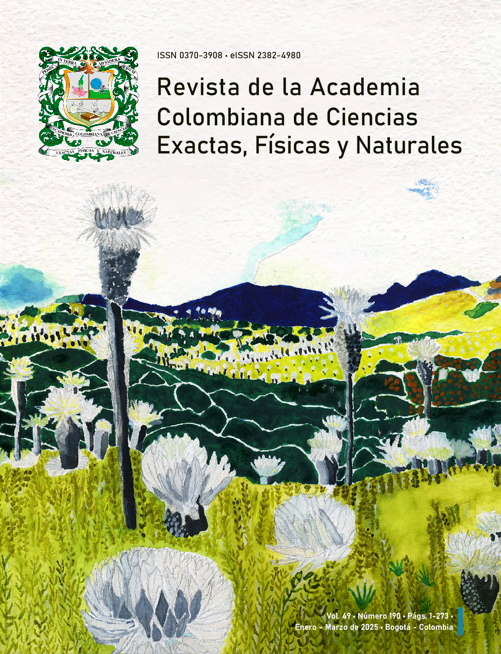Resumen
Los tres problemas clásicos de la matemática griega son la cuadratura del círculo, la trisección del ángulo y la duplicación del cubo. Estas cuestiones tuvieron una enorme importancia en el progreso de la geometría helena y actuaron como verdaderos polos de interés, guiando la investigación de los grandes matemáticos de la Antigüedad. En este artículo se analiza en su constexto histórico la génesis de la cisoide, una curva concebida específicamente por Diocles para dar una nueva solución al problema de la duplicación del cubo, y se estudia su influencia en el desarrollo de la matemática griega.
Referencias
Arquímedes & Eutocio. (2005). Tratados, Vol. I. Introducción, traducción y notas de Paloma Ortíz
García. Gredos.
Cuomo, S. (2000). Pappus of Alexandria and the Mathematics of late Antiquity. Cambridge University Press.
Diocles. (1976). On burning mirrors, The arabic translation of the lost Greek original. Edited, with English Translation and Commentary, by G. J. Toomer. Springer-Verlag.
Euclides. (1991, 1994, 2008). Elementos, Vol. I, II y III. Introducción de Luis Vega, Traducción y Notas de María Luisa Puertas Castaños. Gredos.
Heath, T. (1981). A history of Greek mathematics, Vol. II. Dover Publications.
Pappus. (2010). Book 4 of the Collection, Edited with Translation and Commentary by Heike Sefrin-Weis. Springer Verlag.
Pappus. (2023). Book III of the Mathematical Collection, Translated into English by John B. Little. Holy Cross Bookshelf.63.
Plutarco. (2006). Vidas Paralelas III, Marcelo, Introducción, Traducción y Notas de Aurelio Pérez Jiménez y Paloma Ortíz García. Gredos.
Proclus. (1970). A commentary on the first book of Euclid’s Elements, Translated, with Introduction and Notes, by Glenn R. Morrow. Princeton University Press

Esta obra está bajo una licencia internacional Creative Commons Atribución-NoComercial-SinDerivadas 4.0.
Derechos de autor 2024 Revista de la Academia Colombiana de Ciencias Exactas, Físicas y Naturales


